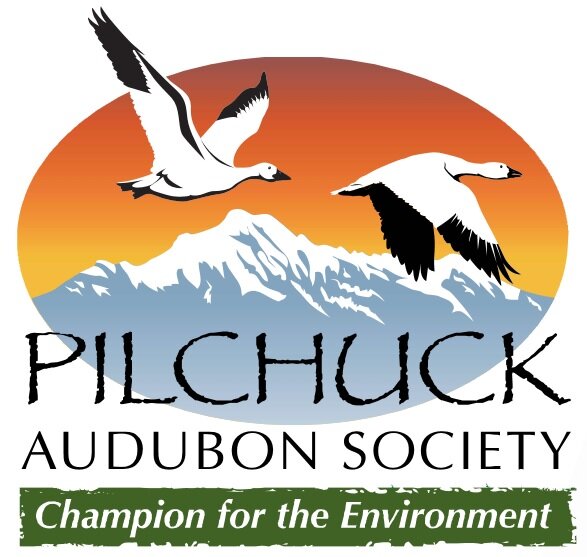Bird-Friendly Communities
Bird-Friendly Communities is a nationwide campaign by National Audubon taking strides to offset the impacts of development by restoring and protecting landscapes that allow native bird populations to survive in a growing community. As your local Audubon chapter, we are committed to providing outreach and education to spread this message and encourage our community members to take part in protecting the environment.
One way you can help is to create open spaces that are wildlife-friendly, starting with your own backyard, property, or even apartment balcony. To get started, take the pledge below and start making those small changes that will have big impacts. Once you’ve done that, share your amazing work with others! By encouraging your friends and neighbors to do the same, we can create and protect important habitat for wildlife on a neighborhood scale, which will have incredibly beneficial effects for our birds, insects, and even ourselves.
Kim Adelson provides a great introduction to making your space a better place for wildlife in this recorded online program.
Where Do I Start?
Take the pledge!
Commit to taking at least three steps in your own backyard to help wildlife. Examples include:
Plant native species that provide food and shelter to native bird populations
Retain dead snags and branches that serve as rest and nesting sites (watch our recording of “A Dead Tree’s Excellent Adventure” to learn more about dead wood and snags)
Eliminate pesticides which can be fatal to birds and their food sources
Remove invasive species such as ivy and Himalayan blackberry
Leave leaf litter and make a brush pile to provide food and shelter for foraging birds
Provide a water source
Reduce window strikes by marking your windows or easy solutions, such as moving interior plants or partially closing your curtains
Mow less of your yard and mow less often
Certify your space as wildlife habitat!
Once you’ve started taking a few of the steps above, you can look at getting your yard officially recognized and certified as wildlife habitat! There are several organizations and programs that you can go through, which we’ve listed below:
See your image here! Share with us photos of your native plant garden, yard, or property and we’ll post them to the slideshow below!





